The products and services mentioned below were selected independent of sales and advertising. However, Simplemost may receive a small commission from the purchase of any products or services through an affiliate link to the retailer's website.
The humidity of your air is an important factor for your health. Dry winter air, exacerbated by the use of indoor heating systems, can aggravate respiratory problems and even make you more likely to catch a cold or the flu.
That dry air is detrimental to your home’s health, as well. Maintaining the right level of humidity in your home can help prevent mold, mildew and bacteria growth as well as inhibit dust mites. It also is beneficial for hardwood floors to have a consistent humidity level, as the boards will swell in higher amounts of humidity and constrict when the air is dryer.
According to the Environmental Protection Agency (EPA), the ideal humidity in a room is between 30% and 50%. If you really want to keep track of the humidity level in your home, the heating, ventilation and air conditioning experts at HVAC.com recommend investing in a hygrometer, “a simple tool that can help you avoid the home and health issues that arise from too much or too little humidity.” You can find a hygrometer on Amazon for around $10 or less, or check your local big box store.
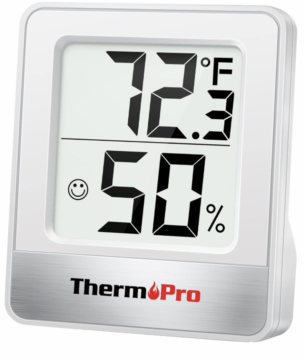
HVAC.com recommends placing the small tool in a living space away from a bathroom or kitchen where moisture is created. “You’ll also want to avoid placing it near doors and windows to ensure the reading isn’t skewed by rain, sunlight, or other weather conditions,” the site reads.
How can you achieve that ideal 30 to 50% humidity level without a clunky humidifier in each room? We’ve culled the best tips from home improvement experts as well as air quality professionals to present this list of alternative methods to increase the humidity in your home.
1. Let Your Clothes Air-Dry
To save some energy, skip the dryer and line-dry your clothes in your home on a drying rack. If you have the extra space, this is a great way to get more moisture into the air. It works even better if you set up the drying rack near your heat source, be it a radiator, a register or even a sunny window.
2. Opt For Steaming Over Ironing
Another laundry hack that can help your home’s humidity: Steam your clothes to get out wrinkles rather than ironing them. Portable steamers add moisture to the air, are relatively affordable and take up very little space. They’re also much easier and more seamless to use than clunky irons and ironing boards. Win-win!
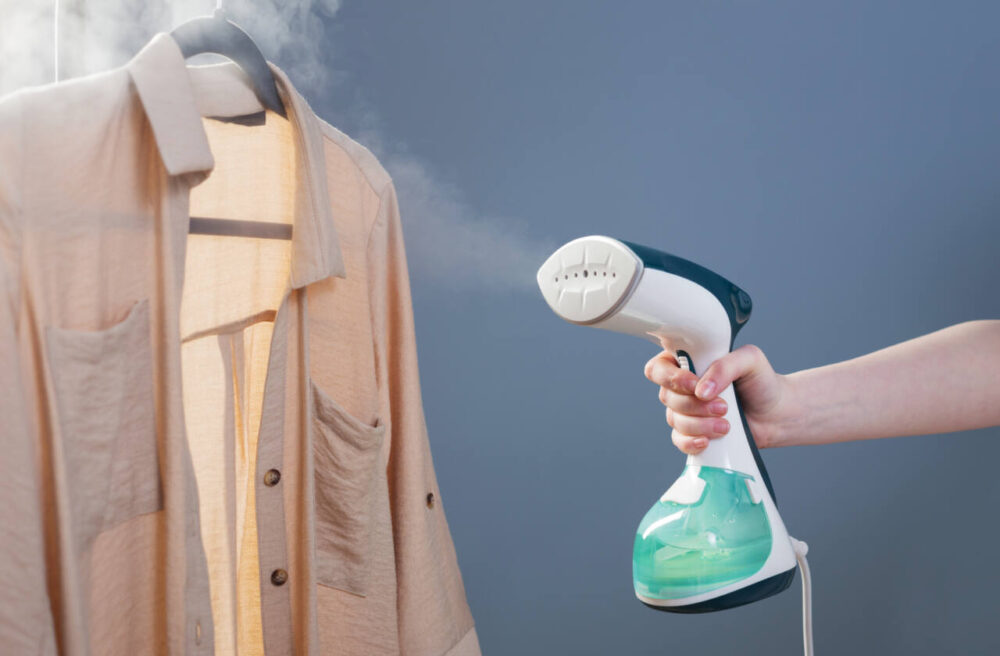
3. Put Bowls of Water on Top of Registers and Vases on Windowsills
Place a metal (or ceramic) bowl on top of your floor register. Depending on the current humidity levels in your home (and how much your heat is blasting) the water will evaporate into the air.
If your registers are on the wall or ceiling, try placing a bowl or vase of water on a sunny windowsill. The warmth from the daily sun will gently warm the water and it’ll evaporate slowly into your air.
One note on this method: Be sure to use metal or ceramic bowls and vases only; glass bowls can crack from heat stress, according to CNET. Additionally, you’ll want to empty and clean the bowls and vases daily to inhibit microbial growth.
MORE: Here’s how to remove water stains from wood
4. Get Some Houseplants
Plants continuously release moisture from their leaves and stems as vapor. This process is called transpiration and as long as you keep them well watered, plants can help aid in regulating humidity levels in your home.
Don’t have a green thumb? These are the most hardy house plants.
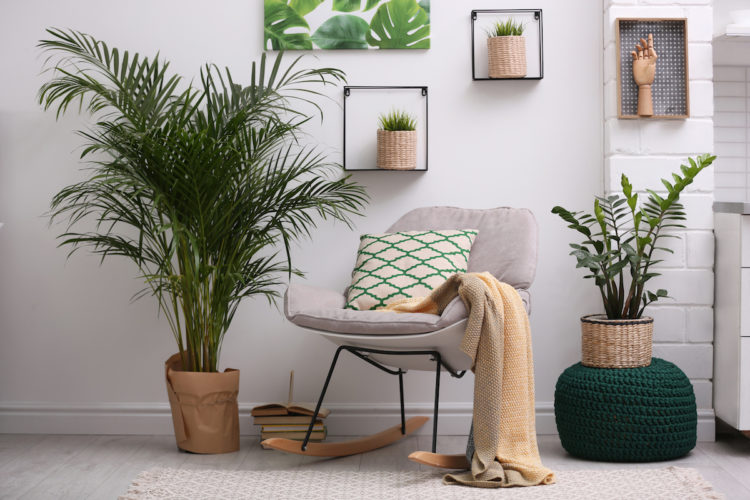
5. Let Your Dishes Air-Dry
Have you ever opened your dishwasher before the heated cycle? You’re welcomed by a hot whoosh of (humid!) air. As another way to save energy while adding moisture to the air, open the dishwasher after the last rinse cycle and let the dishes air-dry.
6. Shower With The Door Open
According to CNET, a closed-door bathroom without the vent fan running can get as high as 80% to 90% humidity. Leave the bathroom door open while you take a shower to allow all that steam to humidify the rest of the house — it’ll also prevent mold growth in your bathroom!
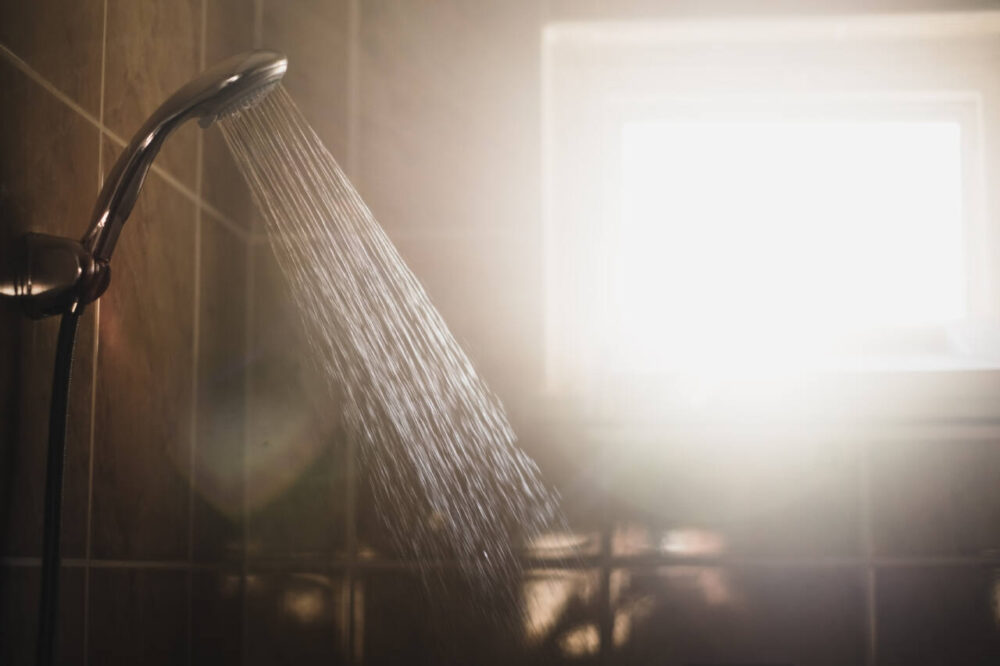
7. Leave The Bathtub Full
More of a bath person? Once you’re done bathing, don’t drain the tub right away. Allow the water to cool fully before draining, thereby releasing any potential steam into the dry air. Note: This method is not recommended for homes with small children or curious pets.
MORE: 6 ways to cool down a room without air conditioning
8. Boil Water On Your Stovetop
The moisture released from boiling water on the stove is a great way to add some healthy humidity to your air. Just be sure not to leave the boiling pot unattended — this tip may work best while cooking or cleaning in the kitchen. Or, make a pot of tea using a stovetop kettle. The steam released while heating up to a boil will release a bit of moisture into your dry air.
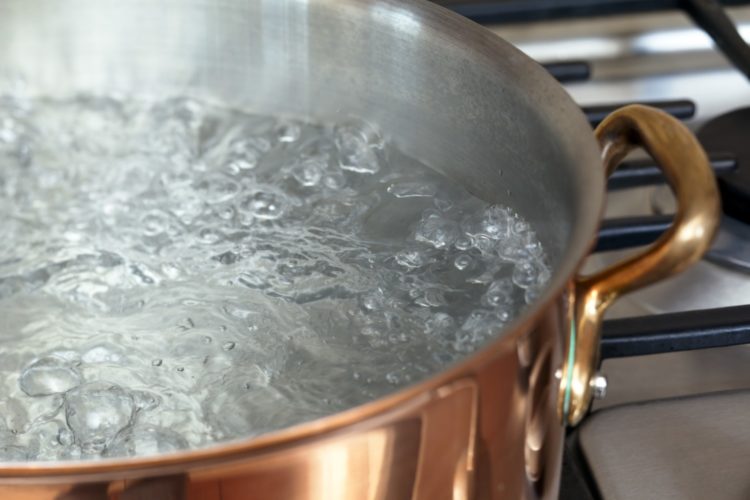
Similarly, cooking on your stovetop rather than using your oven is another way to preserve your home’s humidity in the winter. Cooking in the oven tends to dry out the air while cooking on the stovetop does the opposite, according to home project site Bob Vila.
MORE: How to make mini heaters out of flower pots to stay warm during power outages
Easy ways to increase the humidity in your home without buying a humidifier originally appeared on Simplemost.com


